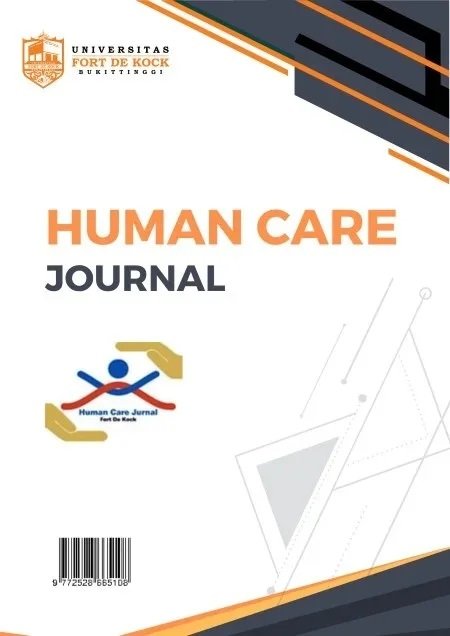GAMBARAN MIKROBIOLOGI UDARA RUANG BERSALIN PRAKTIK BIDAN MANDIRI KOTA BENGKULU
DOI:
https://doi.org/10.32883/hcj.v9i2.2966Abstract
The U.S. Centers for Disease Control and Prevention reports that more than 98,000 of the 1.7 million
cases die from nosocomial infections. Nosocomial infections, also known as are infections that occur in
patients after receiving medical care or staying in a health facility for more than 48-72 hours. Air
pollution in the delivery room, as a health service facility, is classified as a very high-risk zone for
disease transmission. This study aims to examine the number of airborne germs in the delivery room of
the Independent Midwife Practice in Bengkulu City. Method: This study uses a descriptive design to
examine germ numbers in a microbiology laboratory using the Settled Plate or Open Cup method. The
variables of room area and ventilation area were also measured and analyzed. The population consists of
the delivery rooms of independent midwife practices in the city of Bengkulu. The sample included 11
independent midwife practices, with delivery rooms selected through random sampling. The examination
of the number of airborne germs in the delivery rooms was conducted at five points. Results: The germ
numbers indicated that 4 delivery rooms (36%) were unqualified, while 7 delivery rooms (64%) met the
qualifications, out of the 11 delivery rooms examined. Conclusion: 36% of delivery rooms are ineligible.
It is recommended to always open the windows of the room, especially in the morning.
Downloads
Published
How to Cite
Issue
Section
License

This work is licensed under a Creative Commons Attribution 4.0 International License.
Setiap naskah yang terbit di jurnal Human Care ini adalah dianggap sebagai karya dari penulis.
Pemegang hak cipta adalah jurnal Human Care. Semua pembaca memiliki akses untuk masuk ke jurnal Human Care dan menjadikan naskah yang terbit di jurnal Human Care sebagai referensi.



